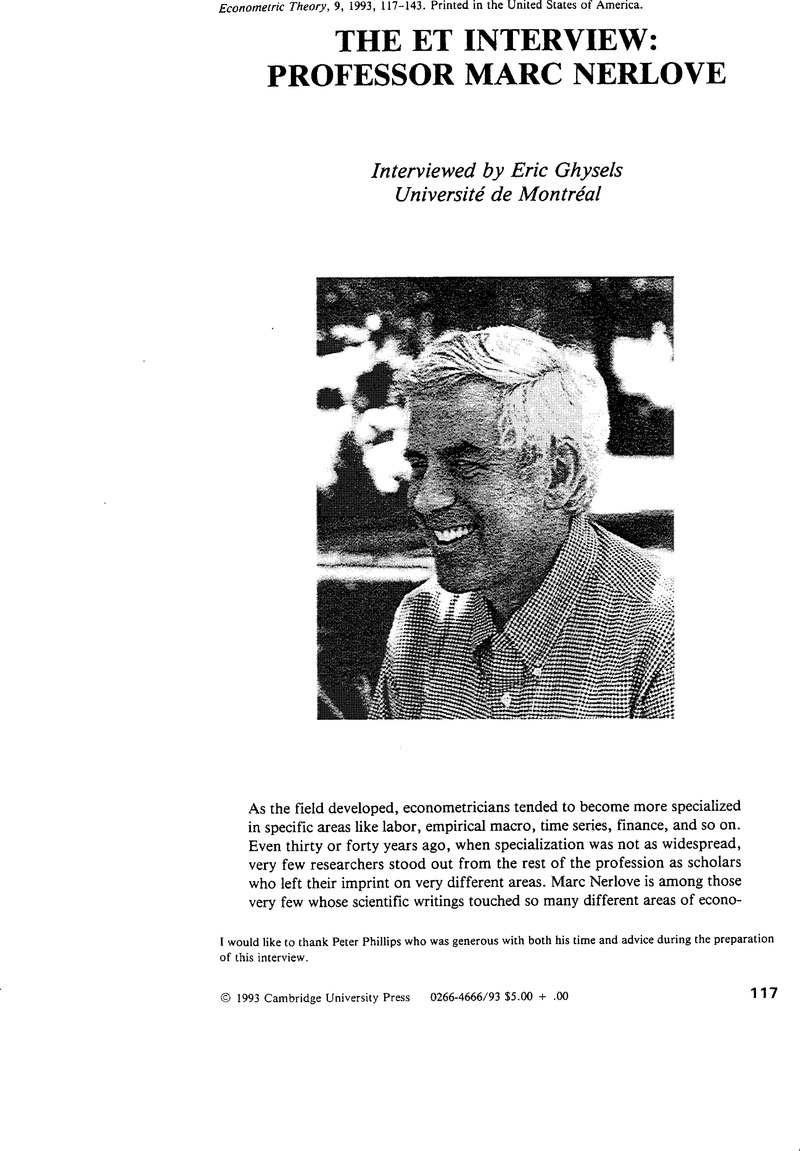Crossref Citations
This article has been cited by the following publications. This list is generated based on data provided by Crossref.
Biddle, Jeff
2016.
Statistical Inference in Economics, 1920-1965: Changes in Meaning and Practice.
SSRN Electronic Journal ,
Woodard, Joshua D.
Chiu, Leslie Verteramo
Power, Gabriel
Vedenov, Dmitry
and
Klose, Steven
2017.
Factors Affecting Changes in Managerial Decisions.
Agribusiness,
Vol. 33,
Issue. 3,
p.
443.
Baltagi, Badi H.
Bresson, Georges
and
Etienne, Jean-Michel
2025.
Seven Decades of Econometrics and Beyond.
Vol. 57,
Issue. ,
p.
337.


